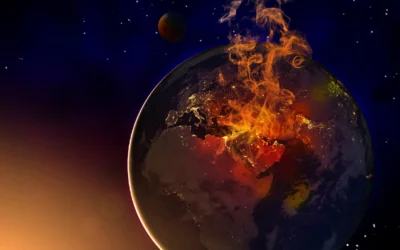Scientists from NOAA and the Scripps Institution of Oceanography at the University of California San Diego have reported an unprecedented two-year spike in atmospheric carbon dioxide (CO2) levels.
Measurements taken at NOAA’s Mauna Loa Atmospheric Baseline Observatory indicated a peak of 426.90 parts per million (ppm) in May 2024, representing a 2.9 ppm increase over the previous year. This marks the highest such increase on record, matching a two-year jump last seen in 2020 according to Scripps scientists.
These findings come despite a plateau in global fossil fuel emissions, the primary driver of climate change. The rising CO2 levels have contributed to record high temperatures, more frequent extreme weather events, and notable changes in ocean chemistry, including acidification and reduced oxygen levels.
NOAA Administrator Rick Spinrad and Ralph Keeling, director of the Scripps CO2 program, emphasized the urgency of addressing fossil fuel emissions to mitigate these trends. Continuous monitoring at Mauna Loa has been maintained even after lava flows in 2022 necessitated a temporary site at Mauna Kea volcano.
The Mauna Loa Observatory, established in 1958 by Scripps scientist Charles David Keeling, along with NOAA’s Global Monitoring Laboratory, provides essential data used globally by climate scientists and policymakers.




